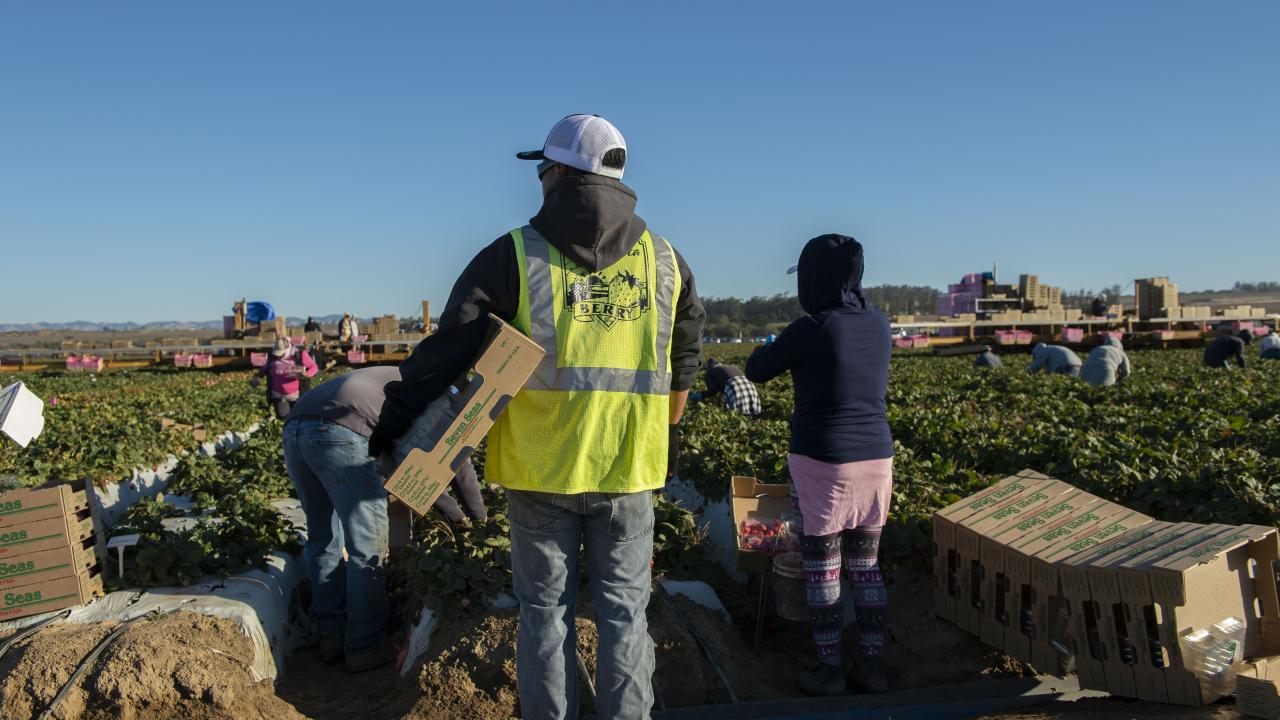
Screening Workers to Prevent COVID-19 in the Workplace
Screening workers before they enter the worksite is a strategy that could help you to identify individuals who may be infected and reduce the spread among workers.
If you choose to implement screening at your worksite, the CDC recommends that you develop “uniform policies and procedures for screening workers in consultation with state and local health officials and occupational medicine professionals.”
You must also inform your workers that you will be screening them, what you are screening for, and emphasize that there will be no retaliation if they do exhibit symptoms.
NOTE: Employers should evaluate the burdens and benefits of recording workers’ temperatures or asking them to complete written questionnaires. Review OSHA’s medical record standard in your decision making process.
Remember, COVID-19 symptoms often include a fever, cough, shortness of breath or difficulty breathing, chills, muscle pain, sore throat, or new loss of taste and smell.
The CDC recommends the following options for screening workers:
- Designate and train personnel to perform screening activities and provide PPE such as gloves, a gown, a face shield, and, at a minimum, a face mask (such as N95 or more protective filtering facepiece respirator).
- Implement physical barriers, dividers, or rope to maintain at least 6 feet of distance between screeners and workers being screened.
- Screen prior to entry into the worksite, or if possible, before boarding shared transportation.
- Provide verbal screening in appropriate language(s) to determine whether workers have had a fever, respiratory symptoms, or other symptoms.
- Check temperatures of workers at the start of each shift to identify anyone with a fever of 100.4°F or greater (or reported feelings of feverishness).
- Do not let employees enter if they have a fever of 100.4°F or greater (or reported feelings of feverishness), or if screening results indicate that the worker is suspected of having COVID-19.
- Encourage workers to report symptoms, immediately, when onsite.
- Encourage workers to self-isolate and contact a healthcare provider, or when appropriate, provide access to direct medical access and telemedicine.
- Provide information on the worksite’s return-to-work policies and procedures.
For more information about what to do if someone is sick, click here. For the complete list of CDC Recommendations for Agricultural Workplaces, click here.
This article is based on the Worker Occupational Safety and Health Training and Education Program (WOSHTEP) administered by the Commission on Health and Safety and Workers' Compensation in the California Department of Industrial Relations through interagency agreements with the Labor Occupational Health Program at the University of California, Berkeley; the Western Center for Agricultural Health and Safety at the University of California, Davis; and the Labor Occupational Safety and Health Program at the University of California, Los Angeles.
